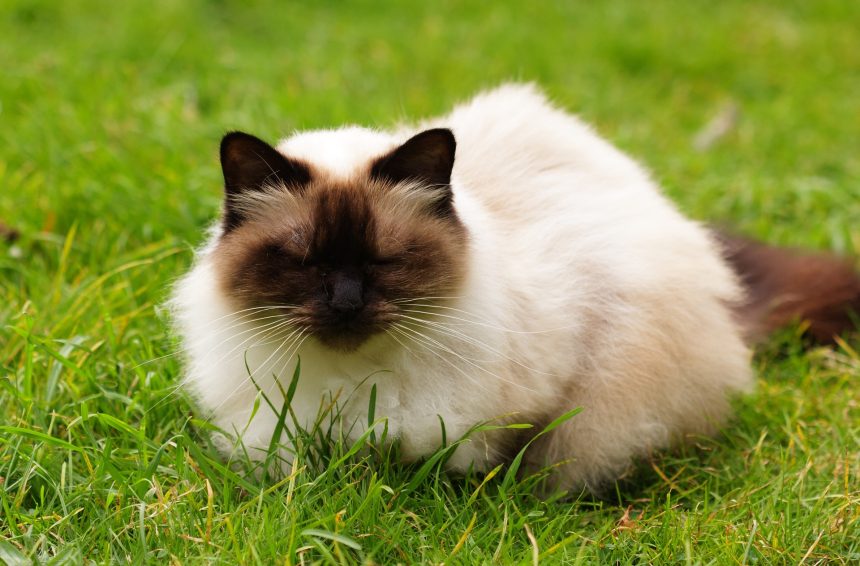Calling all cat lovers! 🐾 Today, we’re diving into the world of feline enchantment as we explore some of the top UK-originated cat breeds. From sleek and regal to charming and playful, these British-bred kitties have captured the hearts of cat enthusiasts worldwide. Get ready to meet some fabulous feline friends that are as diverse as they are delightful!
If you’re thinking about studying in the UK, it’s crucial to find the right student accommodation. That’s where uhomes comes in. It’s a reliable platform that helps students like you find the perfect place to live in London, Manchester, Nottingham, Newcastle and many other cities. So far, they’ve helped more than 55,000 students successfully find their dream homes.

Manx Cat
- Origin: Isle of Man, UK
- Hair: Short/Long
- Feature: Have no tails
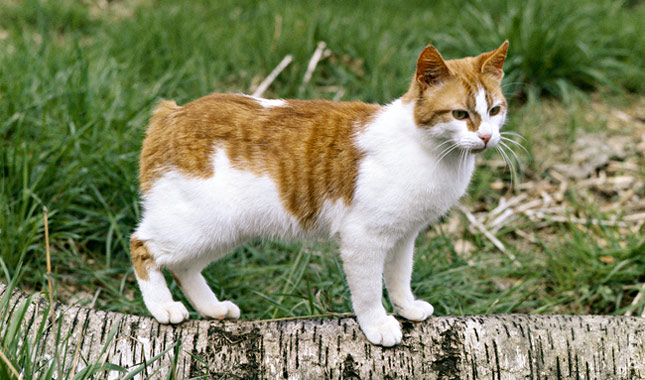
Manx cats are famously known as tailless cats because, well, they don’t have tails at all! While other cats flaunt their tails, the purebred Isle of Man cats rock a unique feature—a cute little dent where their tail should be. Legend has it that during Noah’s Ark journey, one of these Manx cats got his tail stuck in the door, and ever since then, they’ve been tailless!
But here’s the scoop: not all Isle of Manx cats are tailless. The non-purebred ones can have small or stumpy tails. The tailless gene and the lethal gene in Manx cats are pretty close, so responsible breeders in the UK advise against mating two Manx cats together.
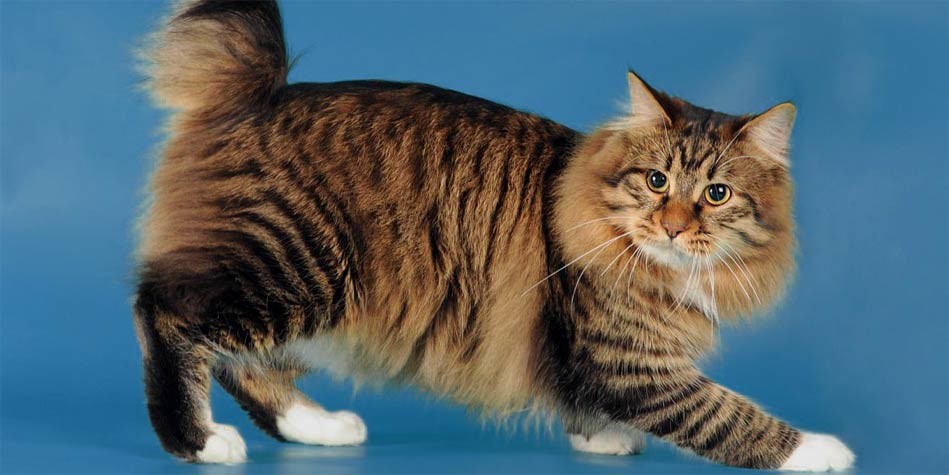
The long-haired Manx cat is also known as the Cymric Cat or Manx Longhair. This furry friend is a result of a genetic mutation from the original Manx cat. They have lush, flowing coats that add to their charm. Interestingly, they have shorter spines compared to other cats, and this unique trait contributes to their longer life expectancy. These clever fluffballs are said to have a high IQ and a personality that resembles dogs. So, if you’re a dog lover as well, the Manx Longhair might just be your perfect match!
British Shorthair
- Origin: UK
- Hair: Short
- Feature: Broad chest, muscular neck, strong jaws and a well developed muzzle
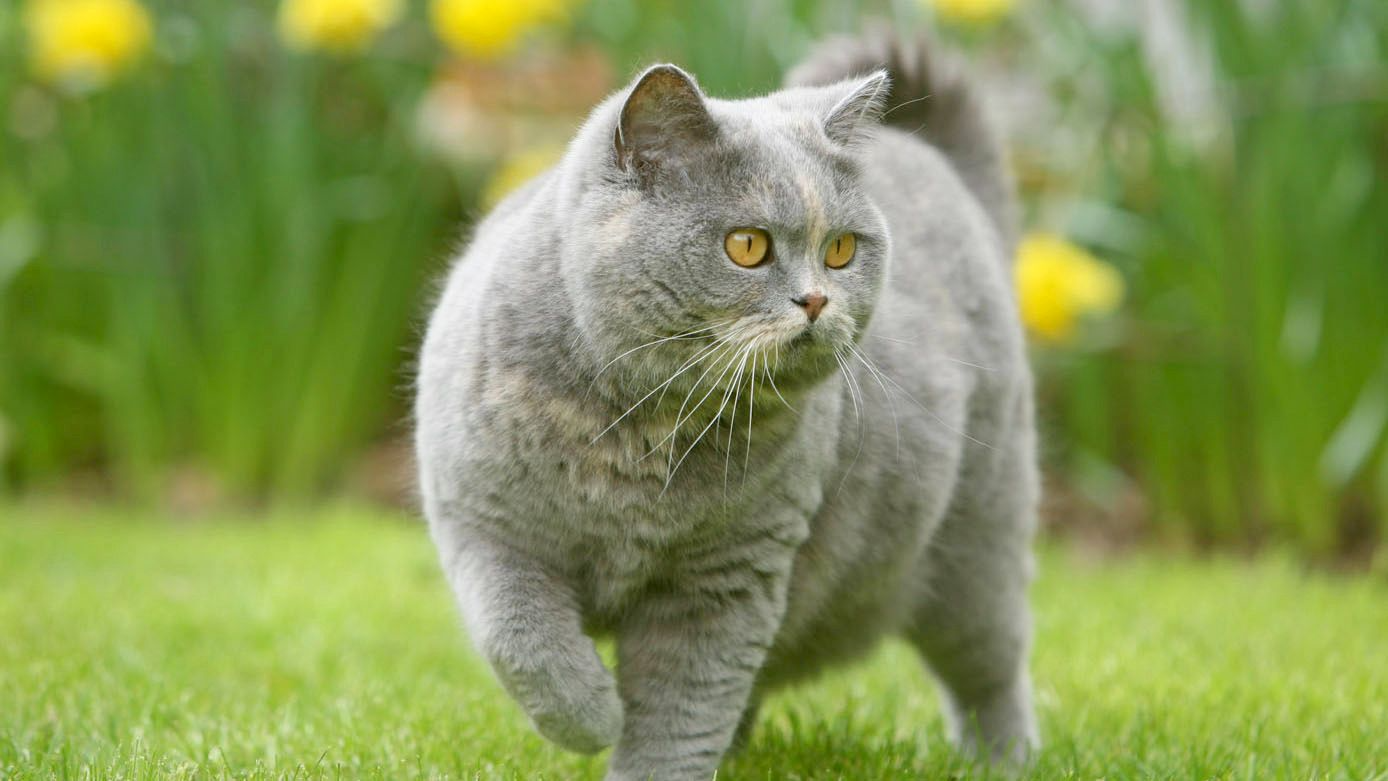
When it comes to registered cat breeds in the UK, the British Shorthairs take the crown as the most numerous and popular choice among Brits. These feline friends have a fascinating origin story dating back to Rome, making them a breed with a rich history spanning two thousand years.
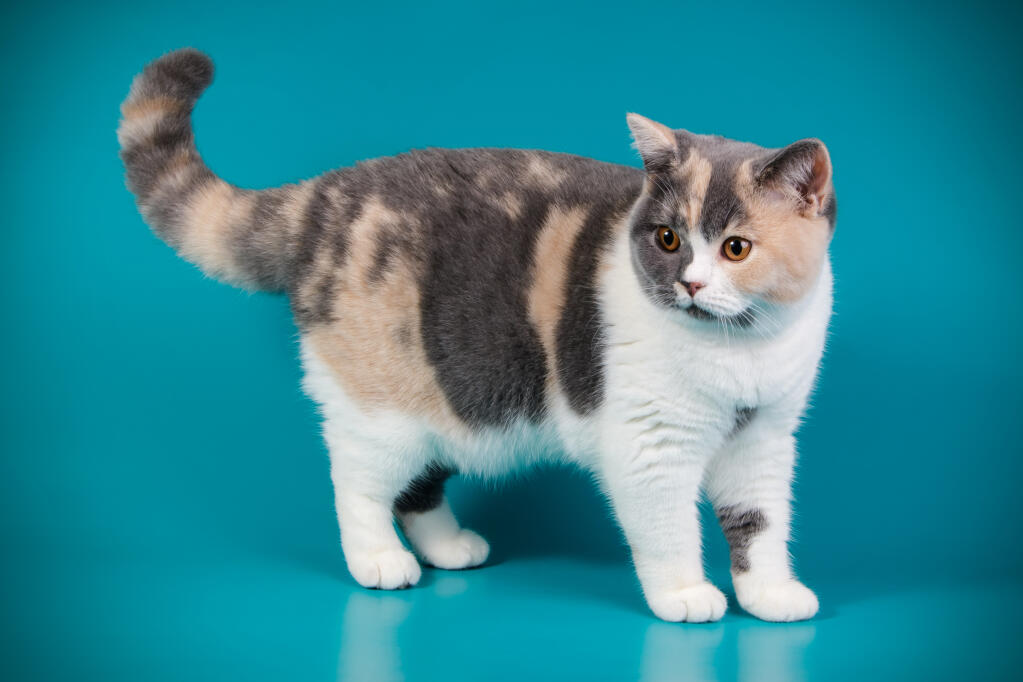
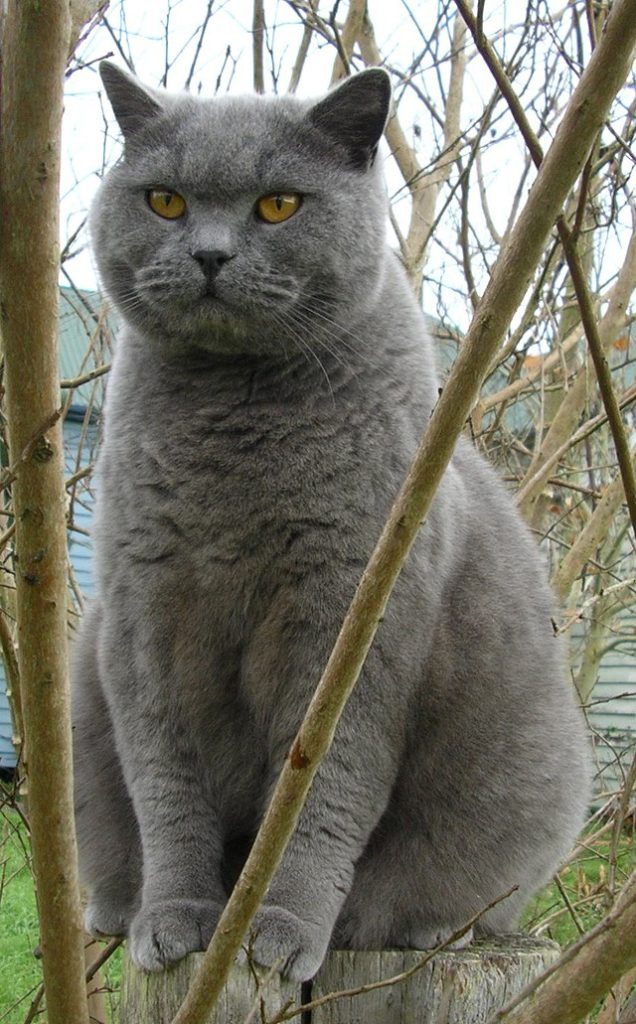
These furry companions that have stolen the hearts of the British people for generations! Today, the modern British Shorthair is known for its round head, compact yet sturdy body, thick legs, and a dense, plush coat that comes in a variety of colors. Their thick fur is perfect for braving the cold British weather. But what truly sets them apart is their laid-back and easygoing personality, making them one of the most docile cat breeds around.
With proper care, British Shorthair can live up to a 20 years! However, they do have a tendency to put on weight. Fortunately, there are special cat foods available on the market tailored for short breeds, providing a less fattening option compared to regular cat food.
British Longhair
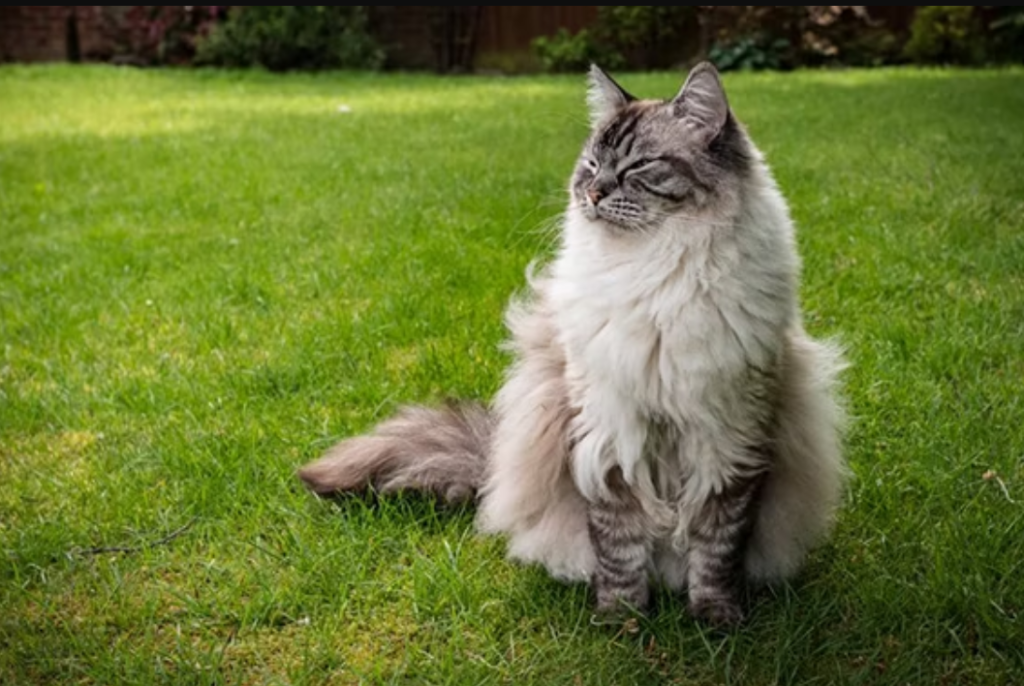
- Origin: UK
- Hair: Short
- Feature: Tranquil indoor companions
Looking for a quiet and low-key indoor cat in the UK? Meet the British Longhair, your perfect match! Compared to other English cat breeds, these kitties aren’t known for being overly active. They prefer a laid-back lifestyle, making them a great choice for those seeking a more serene feline friend.
British Longhairs also have a tendency to pack on the pounds. Maybe it’s because they enjoy the cozy comforts of home a little too much! With their chubby bodies and long, flowing fur, they can even resemble cute mops! It’s important to keep an eye on their diet and help them maintain a healthy weight to avoid any related health issues.
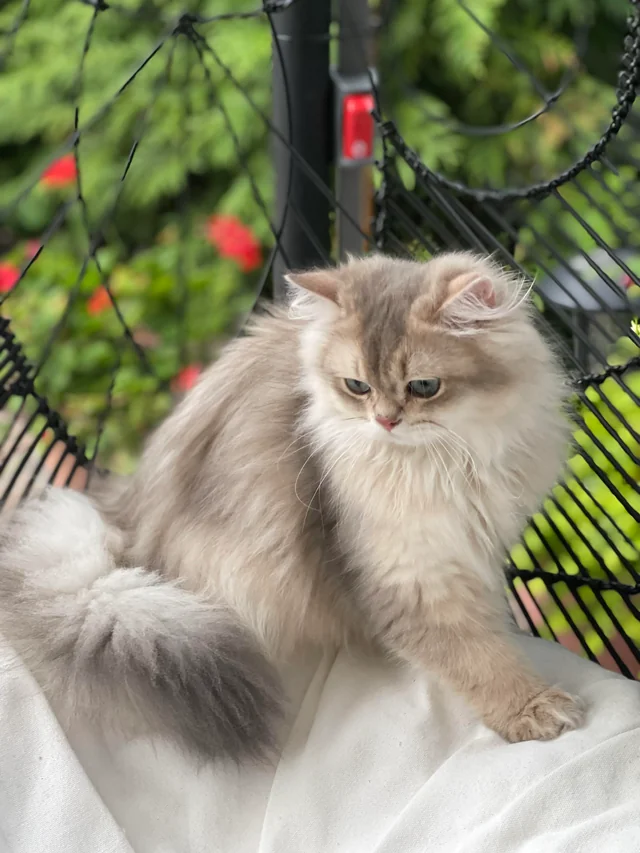
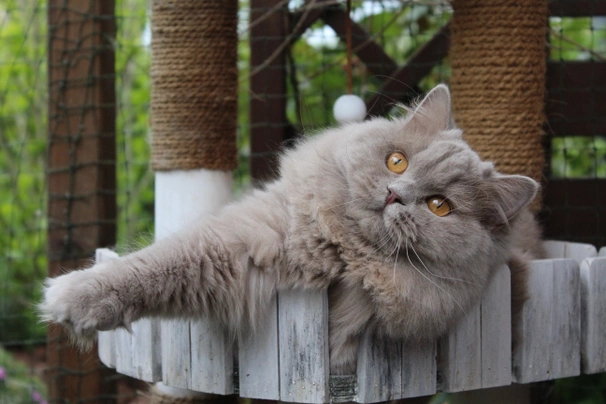
Speaking of health, British Longhairs have a higher risk of kidney problems compared to other cats. So, it’s essential to pay extra attention to their diet and overall well-being, ensuring they stay in top shape.
Oh, and let’s not forget their luxurious coats! Those luscious long locks require regular grooming to prevent tangles and mats. Grab a brush, channel your inner hairstylist, and keep their fur looking fabulous. Trust us, they’ll appreciate the extra pampering!
Scottish Fold
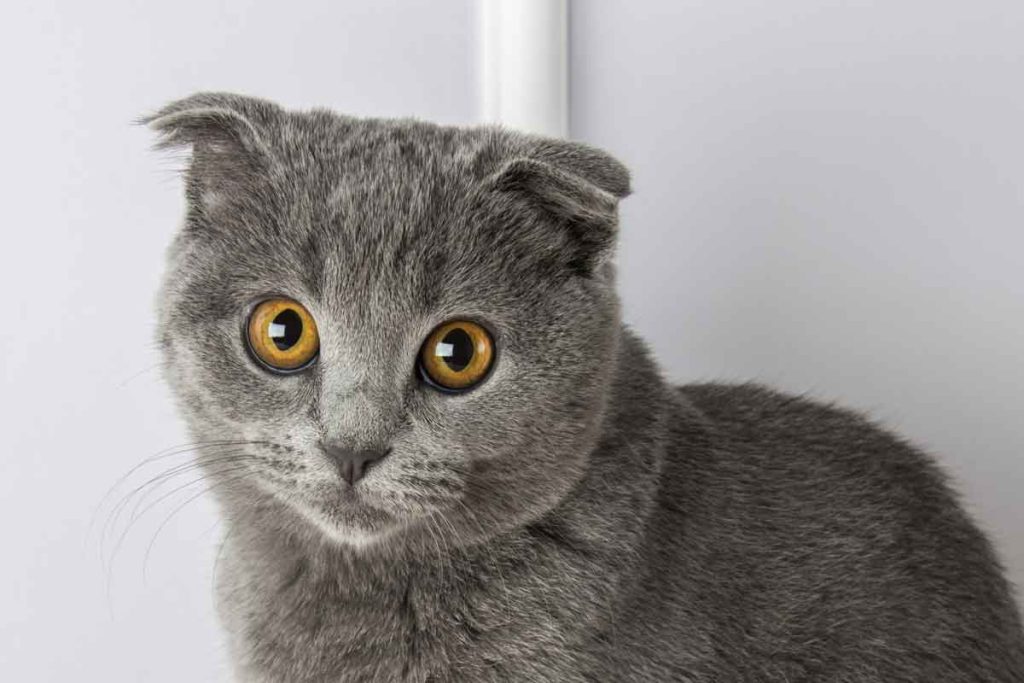
- Origin: Scotland, UK
- Hair: Short/Long
- Feature: Forward-folding ears
The Scottish Fold is a distinctive breed known for its forward-folding ears, which are the result of a spontaneous mutation affecting the cartilage. The world’s very first Scottish Fold kitten, Susie, born in 1961, became the ancestor of all subsequent Fold cats. The folded ear gene is dominant, meaning that if either parent has folded ears, it is highly likely that the kittens will inherit this unique trait.
However, it’s important to address some health concerns associated with this breed. The F gene responsible for the folded ears can also lead to deformities in the limbs, tail, and joints of the cats. Cats with folded ears are more susceptible to ear infections, mites, and hearing loss. Additionally, their limbs are prone to diseases and mobility issues. Unfortunately, there is no cure for this hereditary bone disease.
While Scottish Fold cats may appear cute and endearing, it’s crucial to understand that they sit with their hind limbs in a specific position due to stiffness and discomfort. As a result, catteries and animal protection organizations in the UK are urging everyone to refrain from buying or keeping Scottish Fold cats. If you already have one, it is strongly recommended to have them neutered as soon as possible to prevent the breeding of offspring prone to health issues.
Rex Cat
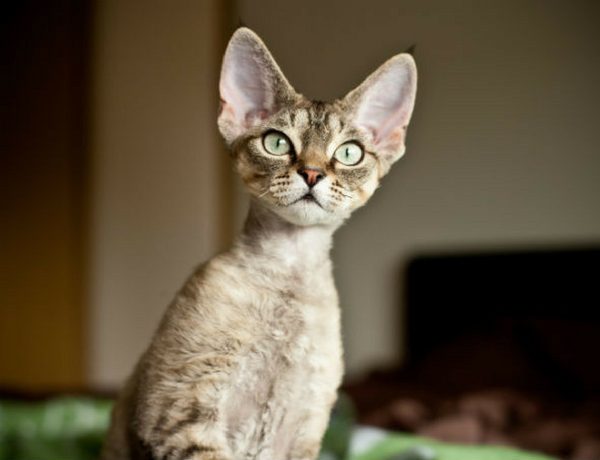
- Origin: Devon and Cornwall, UK
- Hair: Short/Long, Curly
- Feature: Big ears
In the UK, there are two awesome types of Rex Cats—the Devon Rex and the Cornish Rex. These cats have a charming look that reminds you of those lovable house elves from the Harry Potter series, with their petite size and big, elf-like ears!
What makes Rex Cats truly fascinating is their extraordinary coat. They have a curly undercoat that feels incredibly soft, almost like touching supple leather. When you stroke a Rex Cat, it’s a totally unique sensation compared to other cats. It’s like having your very own one-of-a-kind cuddle buddy!
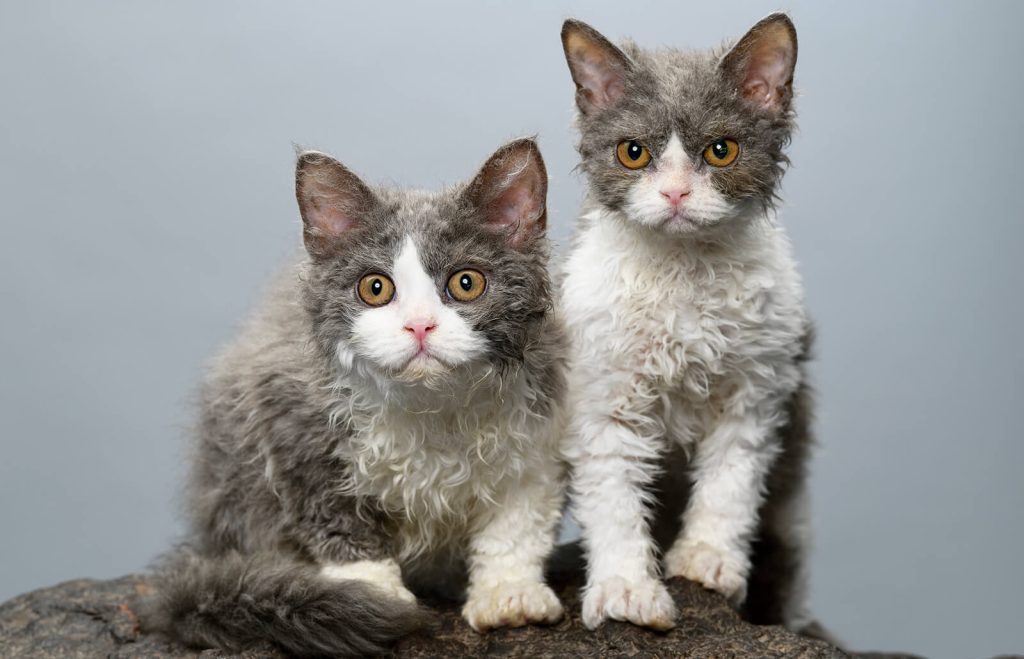
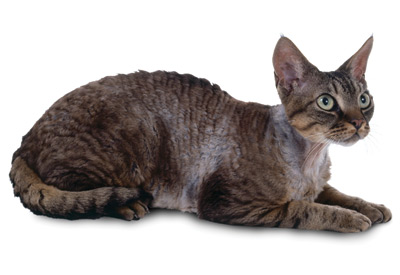
Rex Cats are a popular choice for people with allergies or asthma. Well, it’s because their coat doesn’t shed as much as other cats. This means less fur flying around and less chance of triggering those pesky allergies. So, if you’ve been longing for a furry companion but have had concerns about allergies, a Rex Cat might be just the purrfect fit!
Havana Brown
- Origin: UK
- Hair: Short
- Feature: A brown sign of luckiness
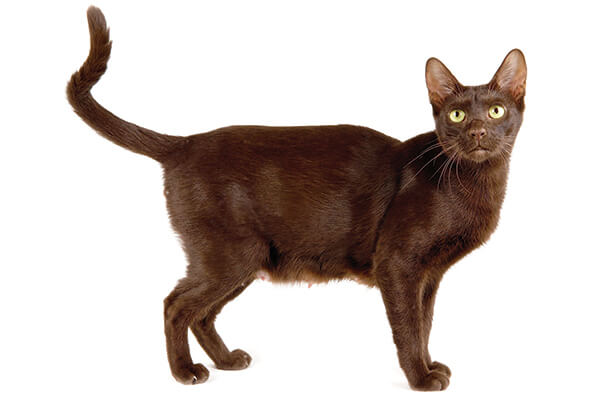
Havana Brown is a trendy cat breed that originated in the United Kingdom. These kitties are slim and have a Siamese-like appearance, adding to their cool factor. They get their name from their unique brown fur, whiskers, and nose, which resemble the color of Havana cigars.
But here’s where it gets interesting—in continental Europe, there’s a charming belief that brown cats bring good luck to their owners. That’s why the Havana Brown is sometimes called the “Lucky Cat.” Having one of these lucky felines by your side is said to protect you from bad vibes and bring good fortune into your life.
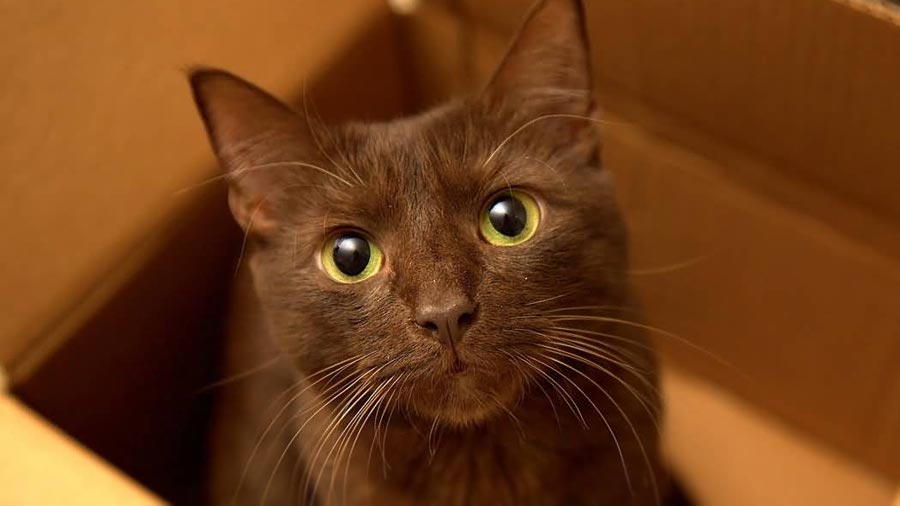
Burmilla Cat
- Origin: UK
- Hair: Short/Long
- Feature: Sturdy and well-muscled
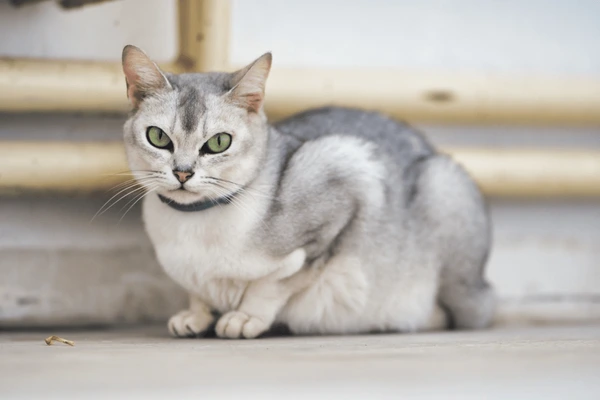
Meet the Burmilla Cat, a cool and contemporary breed that emerged in the United Kingdom during the 1980s. This adorable kitty is the result of a Persian and Burmese cat getting together, creating a fascinating blend of characteristics.
There is an intriguing story surrounding the Burmilla Cat’s origins. Legend has it that a Chinchilla Princess, all set for her fairytale ending with a Chinchilla Prince, decided to explore forbidden territory. In this forbidden land, she crossed paths with a handsome Burmese Prince, and their forbidden encounter bore the fruit of the Burmilla Cat.
While this tale adds a touch of whimsy and mystery, it’s important to remember that the Burmilla Cat’s true history lies in the intentional efforts of breeders to create a special and captivating feline companion. With their mesmerizing looks and enchanting personalities, Burmilla Cats are a delightful addition to any home.

Himalayan Cat
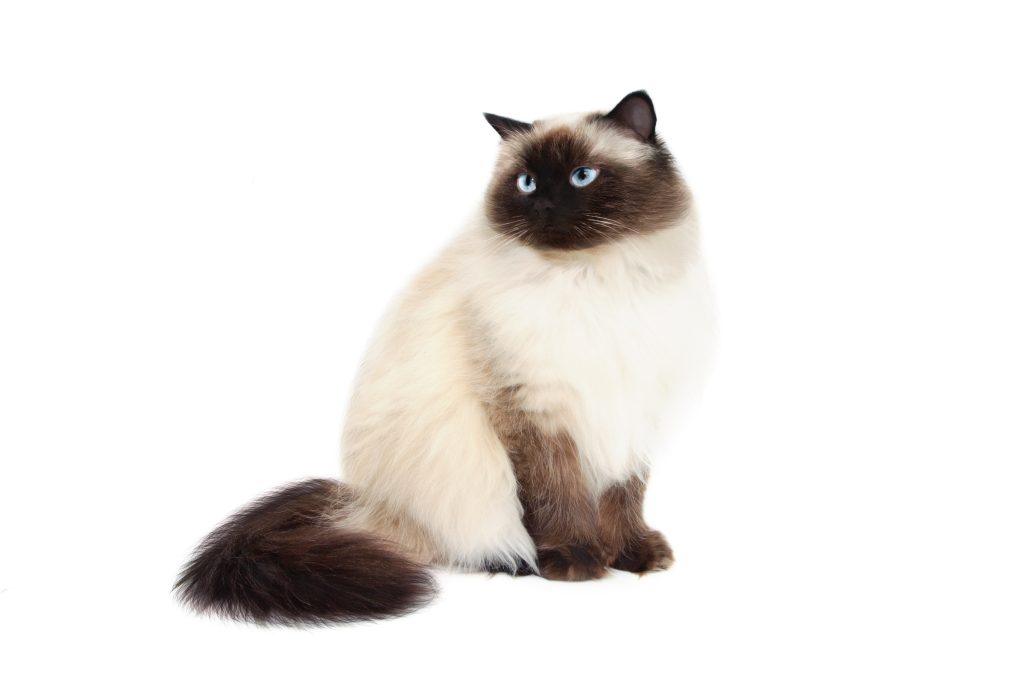
- Origin: UK
- Hair: Long
- Feature: Point Coloration
Himalayan cat is a fascinating breed that was first bred in the UK. These adorable felines have their own special accent color that adds a touch of uniqueness to their appearance. And let’s not forget those deep, soulful eyes that make them look wise beyond their years!
Now, here’s a fun fact about the Himalayan cat: Despite being named after the Himalayan rabbit, they don’t really resemble their fluffy friends, except maybe for their smushed faces. But hey, that’s what makes them extra cute and endearing!
In reality, the true charm of the Himalayan cat lies in their captivating presence and delightful personality. They’re known for their sweet and gentle nature, making them wonderful companions for both kids and adults alike. These cats have a knack for finding the coziest spots in the house and will happily curl up beside you for some quality snuggle time.
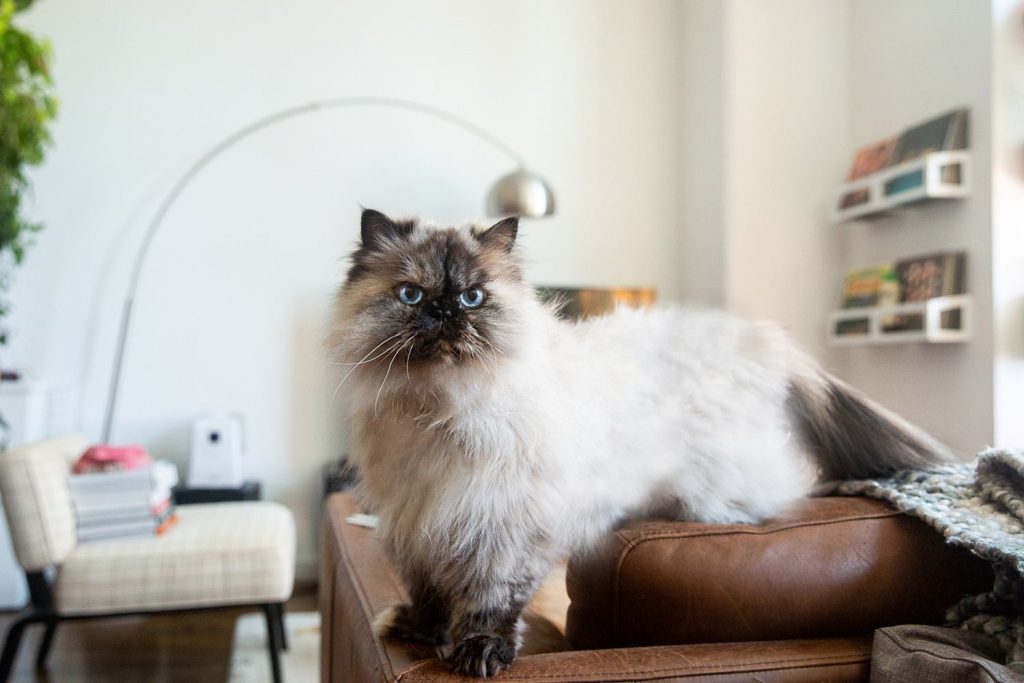
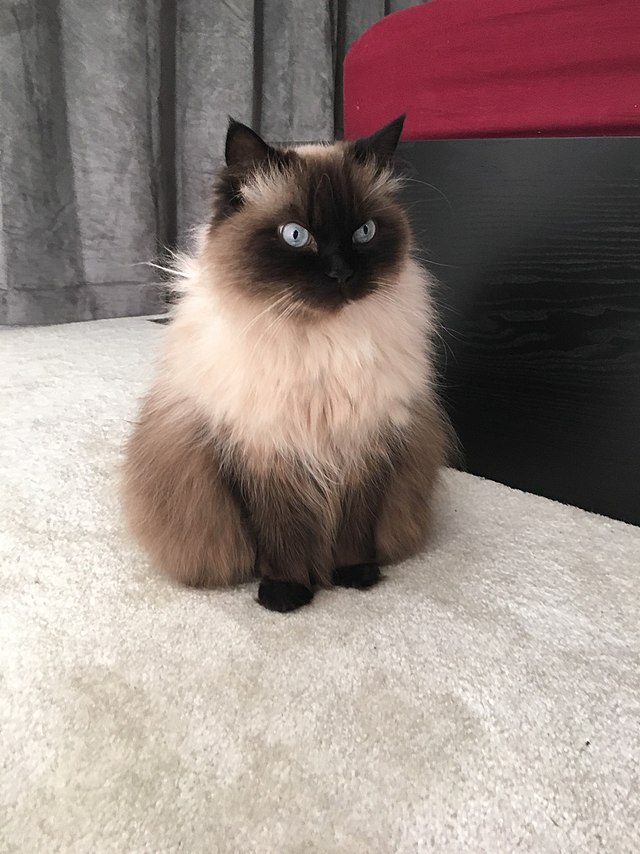
Asian Cat
- Origin: UK
- Hair: Short
- Feature: Medium-sized cat built on rather long, lean lines
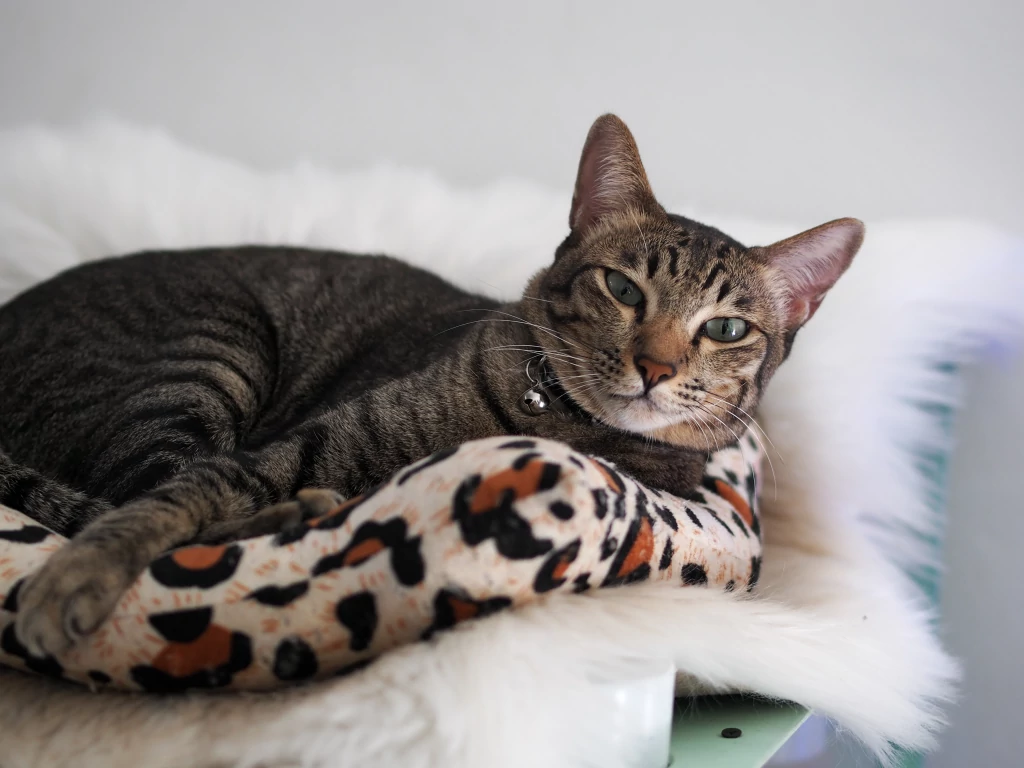
Don’t let the name fool you! The Asian cat may have an “Asian” name, but it’s actually a breed of domestic cat that originated in the UK. These delightful feline companions are more inclined to be indoor cats rather than free-range explorers.
Within the Asian breed, we have the Asian Semi-Longhair—a variant resulting from cross-breeding. This lovely cat inherits the best of both worlds, combining the traits of the Asian cat with a luxurious semi-long coat.
One of the remarkable qualities of the Asian cat is its lifespan. These cats are known for their longevity, bringing years of companionship and joy to their owners. What’s even better is that they don’t carry any significant disease-causing genes, making them a low-maintenance breed to care for.
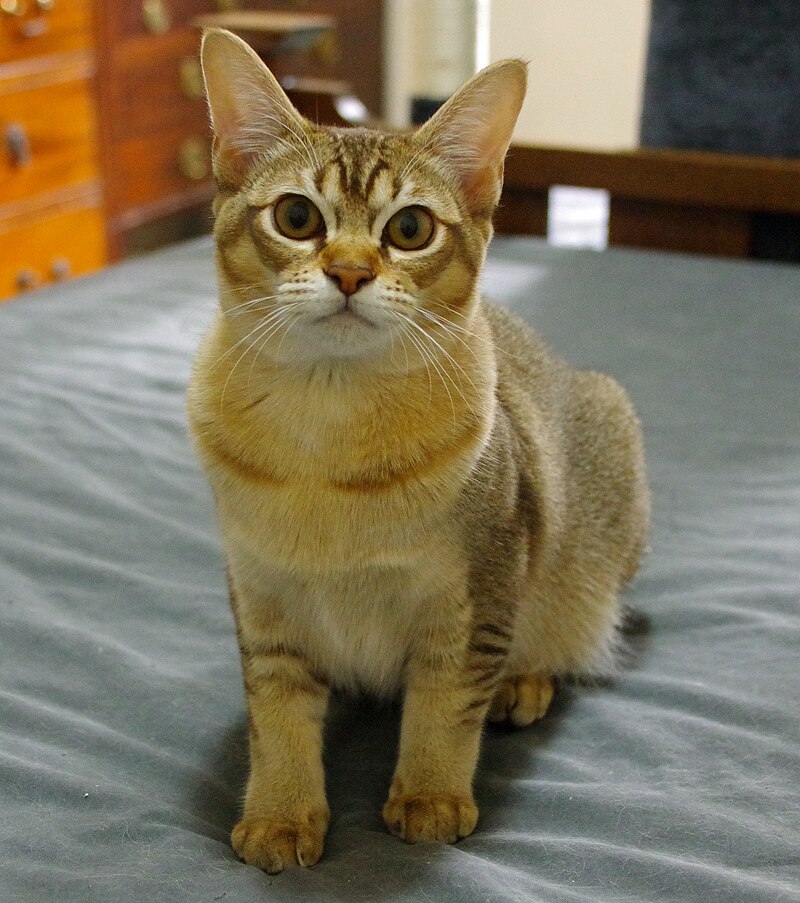
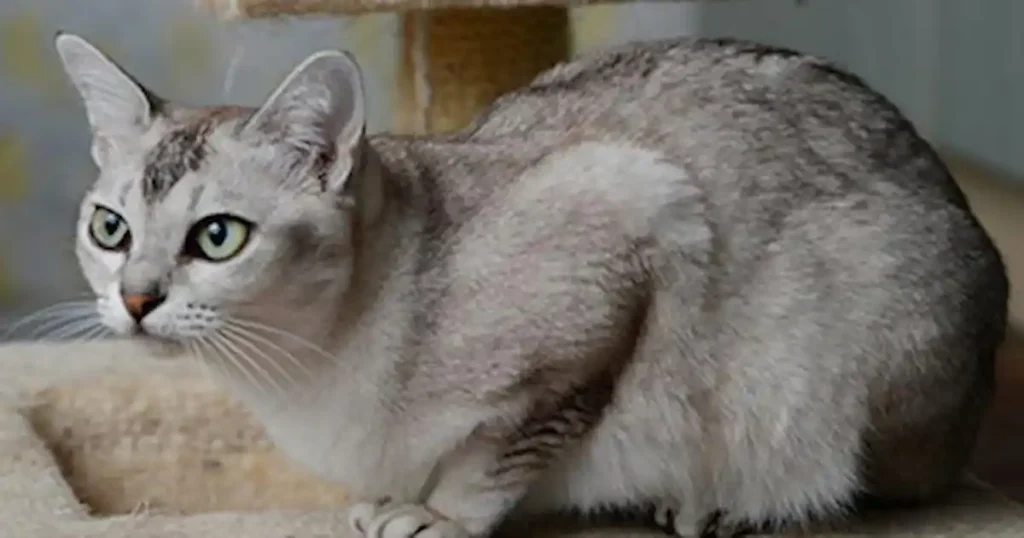
Advice on Keeping a Cat in the UK
- Ensure your cat has a safe and comfortable living environment, both indoors and outdoors if applicable.
- Provide appropriate litter boxes and maintain good hygiene by regularly cleaning them.
- Offer a balanced and nutritious diet suitable for your cat’s age and health requirements.
- Make sure your cat has access to fresh water at all times.
- Provide scratching posts and toys to satisfy their natural instincts and keep them mentally stimulated.
- Regularly groom your cat, especially if they have long hair, to prevent matting and promote a healthy coat.
- Keep up with vaccinations, flea and worm treatments, and regular veterinary check-ups.
- Microchip your cat to ensure their identification and increase the chances of a safe return if they go missing.
- If living in student accommodation or rented residence, make sure to check the pet policy and obtain necessary permissions.
- Create a safe and secure indoor environment if your cat is not allowed outdoors or if you live in a busy area.
- Provide plenty of love, attention, and interactive playtime to keep your cat happy and engaged.
Find more about: A Beginner’s Guide to Keeping Pets in the UK!
Conclusion
And there you have it, a glimpse into the wonderful world of UK-originated cat breeds. Whether you’re seeking a lap warmer, a lively playmate, or a sophisticated companion, there’s a UK-bred cat breed that will steal your heart. So, embrace the purrs, the head nudges, and the endless cuddles as you welcome one of these fantastic feline friends into your home. Happy cat-loving adventures! 🐱❤️
FAQ
Some popular cat breeds that originated in the UK include the British Shorthair, Scottish Fold, Siamese, Burmese, Abyssinian, Bengal, Ragdoll, Cornish Rex, and Devon Rex.
Yes, in the UK, cats should be microchipped, and it’s recommended to have them neutered/spayed. Additionally, it’s important to provide a safe and suitable environment for your cat, including access to fresh water, proper nutrition, and a comfortable place to rest.
Absolutely! Indoor cats can lead fulfilling lives in the UK as long as they have plenty of mental stimulation, such as toys, scratching posts, and interactive playtime. Providing a stimulating environment and lots of love and attention can keep indoor cats content and happy.





